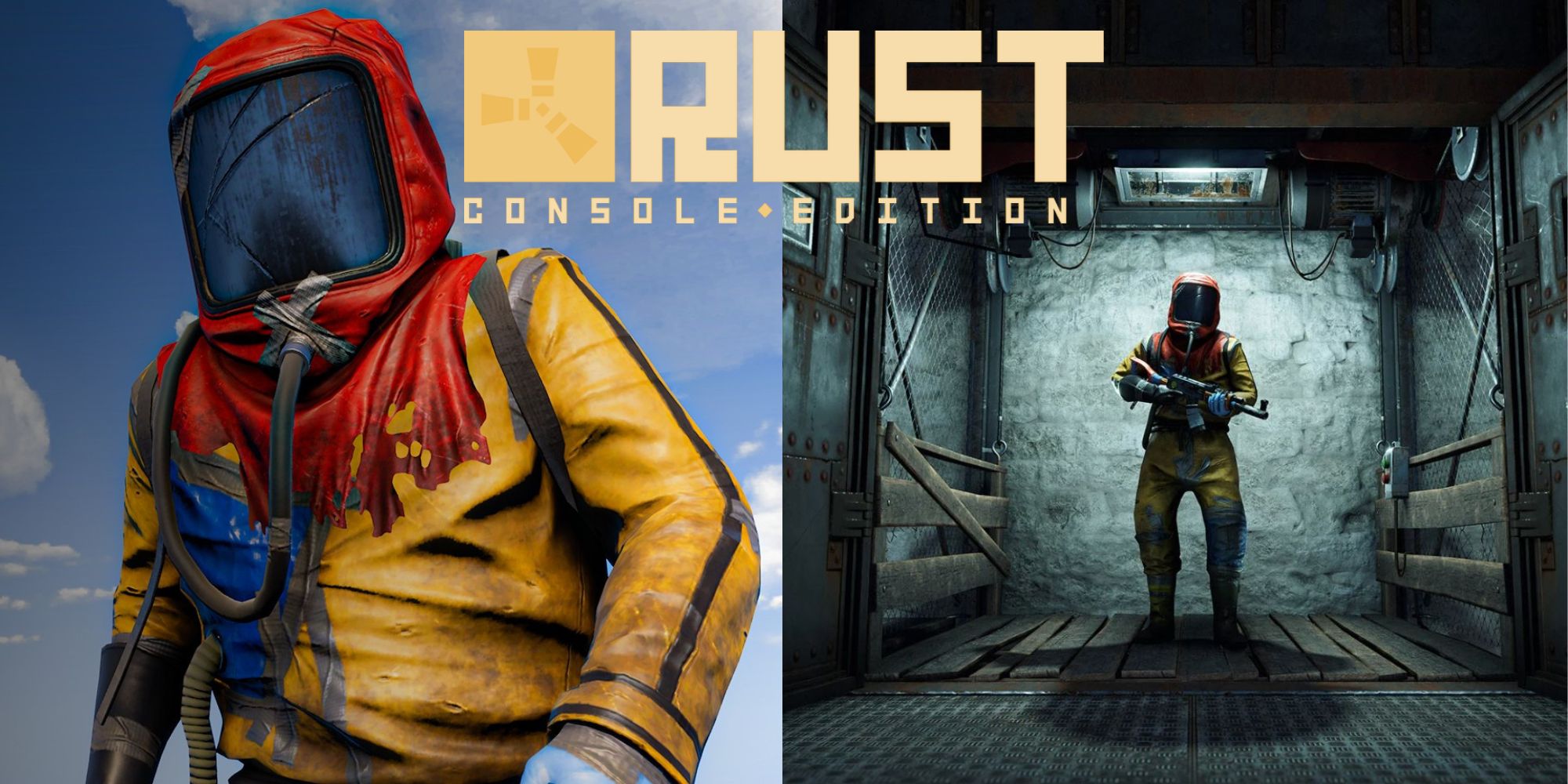
One of the biggest issues for new Rust console players is input lag. This has primarily been a problem for next-gen consoles, but some in the community are experiencing bad input on prior gen consoles as well. Input issues coupled with terrible frame loss on the Xbox One and PS4 have made the game difficult to play on launch week. These issues were not present in the Beta, and it would have been nice to know they existed before the official release.
RELATED: Rust: Everything You Need To Know About Building Bases
While lag on prior gen consoles needs to be addressed by the developers, gamers can fix their input lag by doing a few simple things. By changing a few settings in-game and on their consoles, people will have an input lag-free game in no time.
Updated on July 28, 2021 by Payton Lott: The initial input lag settings guide was missing a crucial setting, "Screen Effects". This setting was the cause for a lot of frustration in the weeks after launch. There are also a few lesser known things that people can do to improve the responsiveness of consoles and monitors. Next gen consoles support up to 120fps with the right equipment. This is huge for console gamers, who not too long ago were stuck at 20fps. People will at least want to take a look and see if their equipment supports better performance. With the following settings, as well as improved frames and hertz, that pesky Rust console lag will finally go away.

Screen Effects will be the most impactful setting when it comes to input lag. For some reason, screen effects makes input lag and delayed centering far worse than it should be. Switch this setting to off and the game will feel completely different. Not only will the input improve, the overall look and feel of the game will be a thousand times better.
It is not clear if this setting is bugged or if the screen effects have that much of an impact on gameplay. It is honestly shocking how much of a difference one small setting can make. Screen Effects make the game look worse and negatively impact responsiveness in game. Players should always turn off Screen Effects.
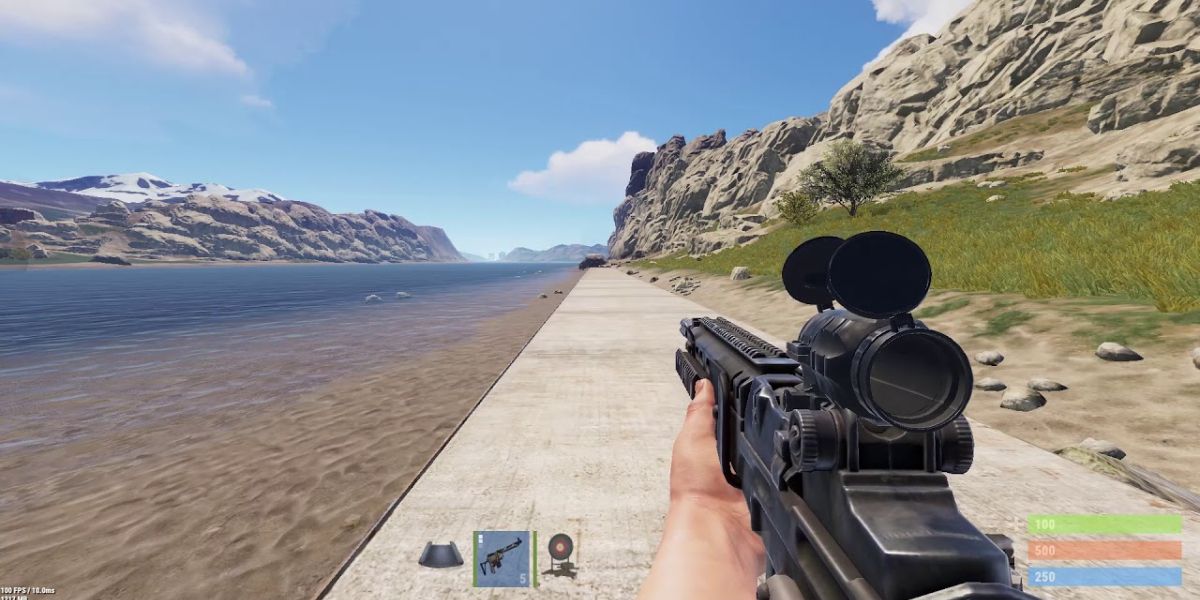
In Rust and essentially every other console FPS game, dead zones can have a huge impact on the responsiveness of the controller. Without a responsive input, Rust Console Edition will feel delayed and laggy. Every player should take a few minutes to play around with the settings and find a dead zone percentage that feels good.
Obviously, without taking any other steps, the input may still feel delayed. If it feels better, people can make the additional changes below to reduce the delay even more.
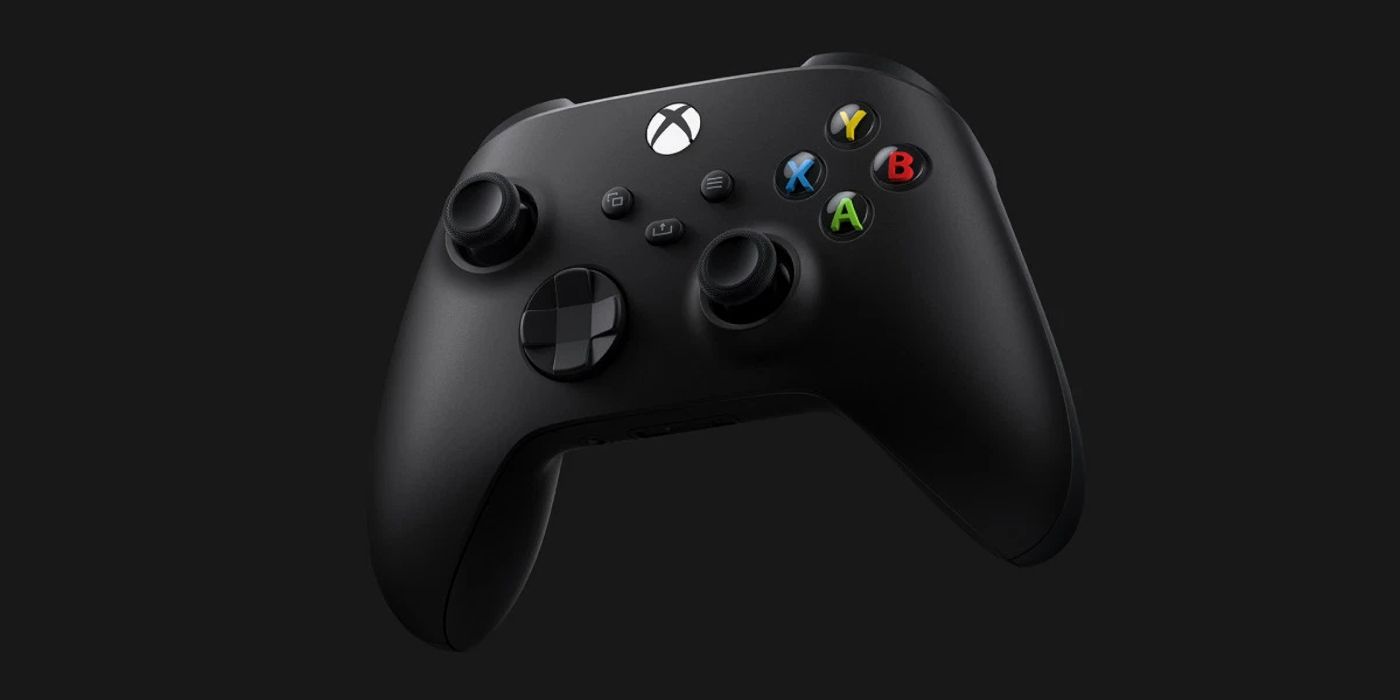
Even brand new controllers behave slightly differently. Gamers that rotate controllers will need to keep in mind that the optimal dead zone settings will likely not be the same when using different controllers. This is especially true when swapping from a prior gen controller to a next-gen controller. The main cause of the difference in controller responsiveness is the right analog stick. Overuse or slight pressure on the stick while packaged can make two identical controllers feel different in-game.
Left and right refers to the left stick and the right stick. The right stick will have a much greater impact on the feel of input lag. This is because the right stick controls camera/reticle movement in every direction. Dead zone right should be set anywhere from 1-5%. Setting the dead zone too low will make the screen move extremely fast, making it difficult to control aim and direction. The left stick is not as important. Gamers can keep the setting at 10% or below to make the deazones feel uniform, or set it at 12-15%.
RELATED: Rust: The Best Weapons You Can Craft (& How To Make Them)
- Dead Zone Left: 10-15%
- Dead Zone Right: 1-5%
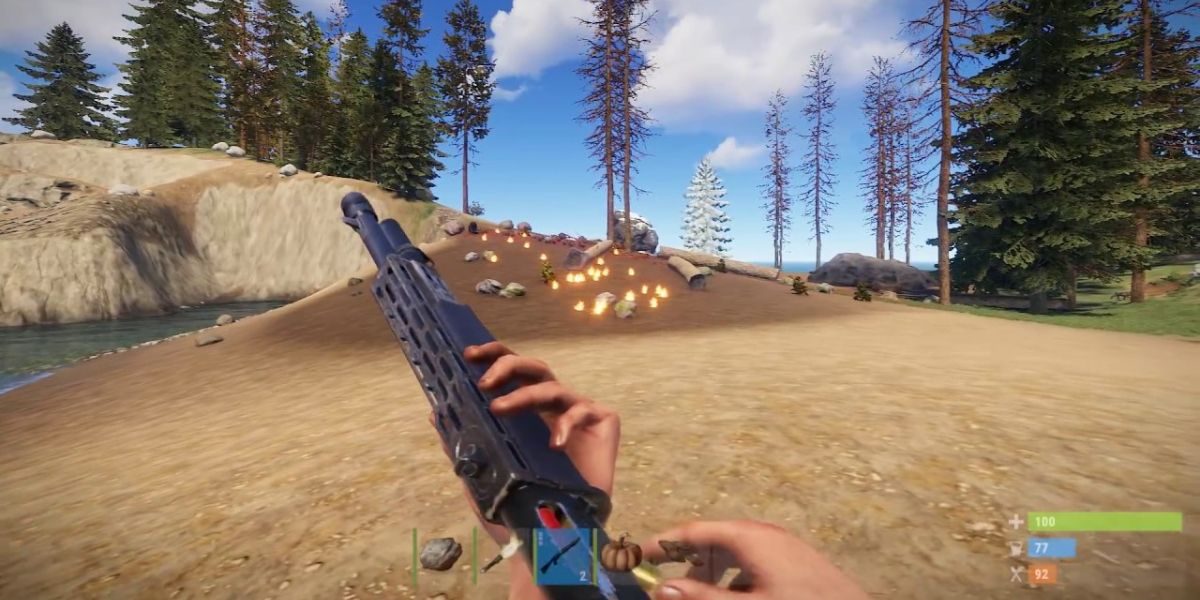
The Camera Inertia setting plays a large role in causing input delay because it forces the camera to continue panning after the stick is moved. Not only will movements feel delayed, but the camera will keep moving for a split second after an input is made. Yes, the game will look better, but at the cost of accurate controls. For those reasons, Camera Inertia should be set to 0. On the other Hand, Boost Multiplier will reduce movement and camera lag by increasing the responsiveness of the camera to slight stick adjustments. Boost Multiplier should be set to 400%.
- Camera Inertia: 0
- Boost Multiplier: 400%
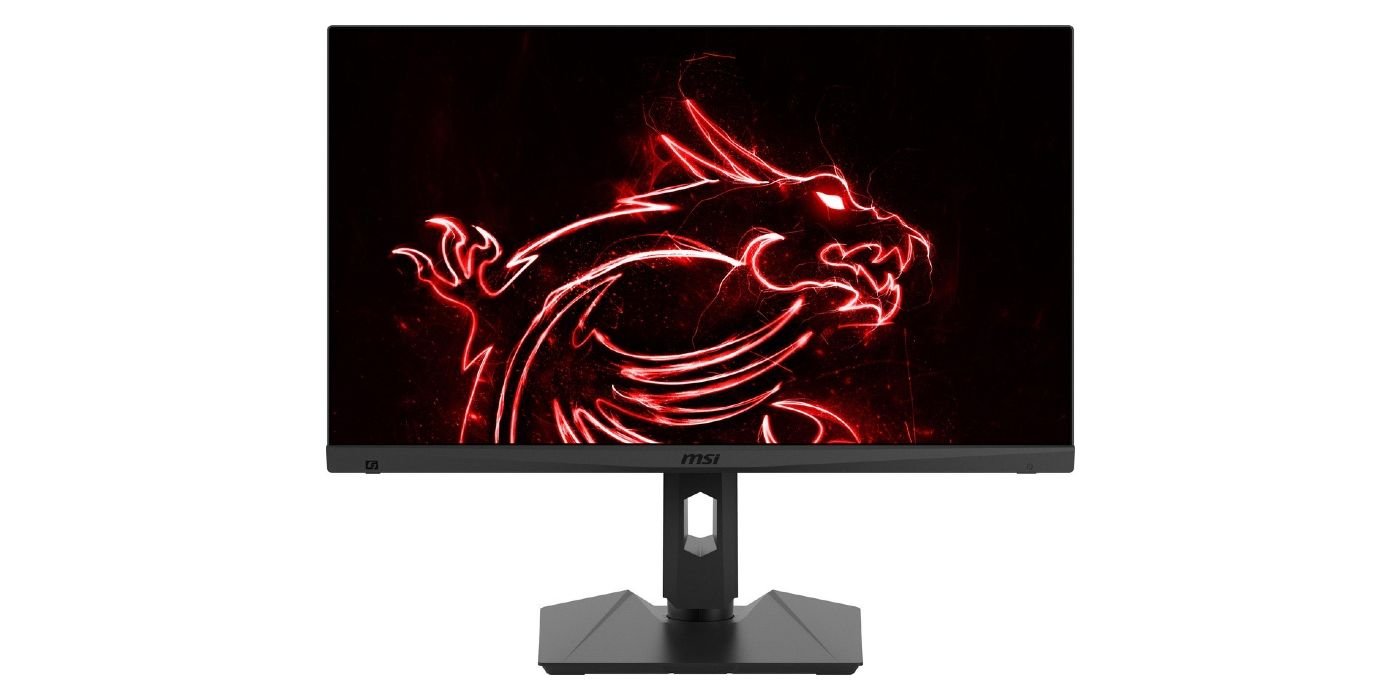
Another common reason for input lag is the type of monitor players are using. Even the best 60hz monitors will have slightly delayed displays. Upgrading to a 120hz monitor or better can make an immense impact on screen lag. People playing on TVs larger than 40 inches will want to make sure that they have "game mode" activated if available. Many of the large TV manufacturers create products to display movies and television, not to optimize gaming performance.
RELATED: Rust: Pro Tips You Need To Know
Other factors include internet connection and console settings. Wired connections are always better than wireless connections for those that have the option. On both Xbox and PS, there are settings that can reduce video resolution to take advantage of higher hertz and FPS. Anyone that is playing on 1440p may want to consider downgrading pixels to 1080p for a potential boost to frames and hertz. Rust was developed in 2013, and the updated graphics are not going to be stunning even with the best console setup. More frames and more hertz will give players more control.
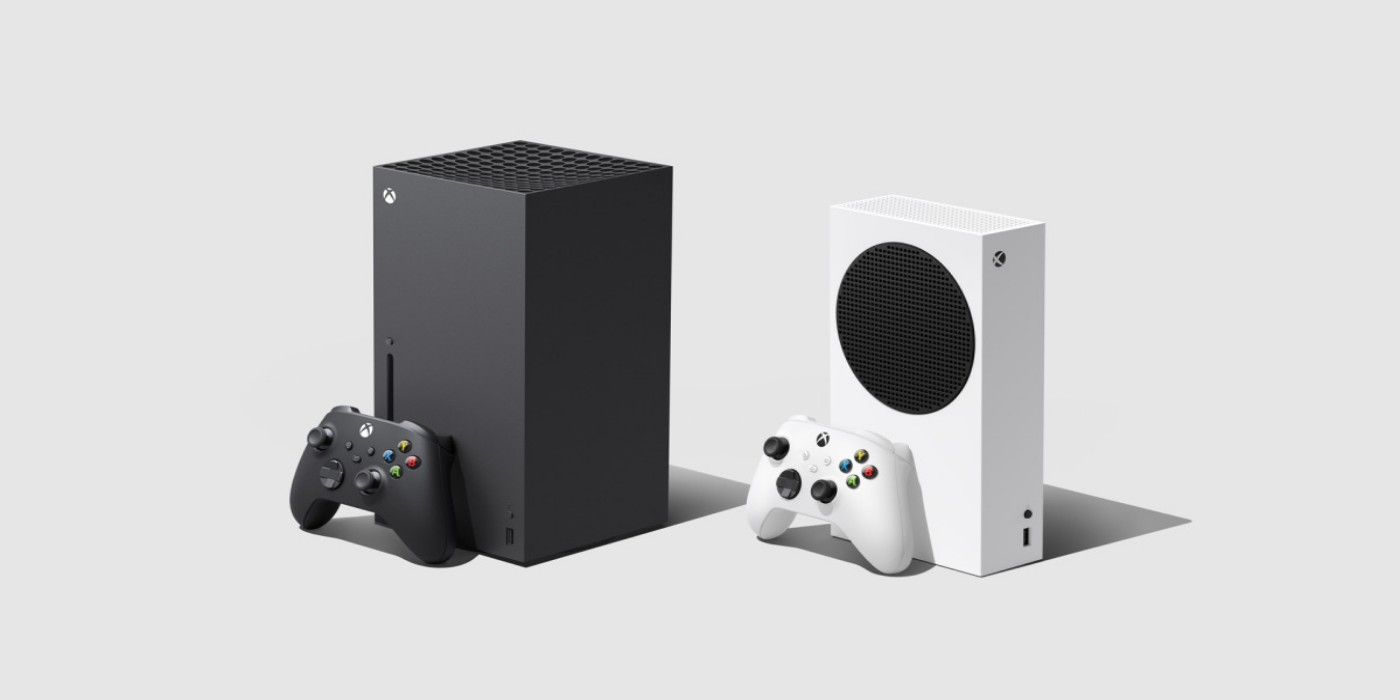
People can actually change the resolution and hertz the console is running on in the general settings. On Xbox Series X/S, this is found under the General TV & display options. There, the resolution and refresh rate can be changed manually. Hertz can only be changed if the monitor supports a higher refresh rate. If the option for 120 hertz is not available, the monitor likely does not support it. One way to get around this is to manually override manufacturer settings, although the monitor may not be able to display the image. Check what your TV is capable of by going into the 4k Details settings in the menu. This will indicate if native 120 FPS/120 hertz is possible.
RELATED: Is Rust Crossplay?
The same can be done on PS5. Simply go to the Saved Data and Game/App settings and pan down to the game presets tab. Next, click on the Performance Mode tab and select the Performance mode option. After starting the game, it should run on 120 hertz. This trick works on some monitors that do not even support 120 hertz, which is a cool feature.
Some next gen games enable FPS boost. Until Rust is optimized for these consoles, FPS boost will not be an option. Players will have to wait and see if that is in the cards in the coming months. Despite the lack of optimization, 120/120 native is possible on next gen consoles. It may not be as crisp as it could be, but it is much better than 30 frames with 60 hertz.

